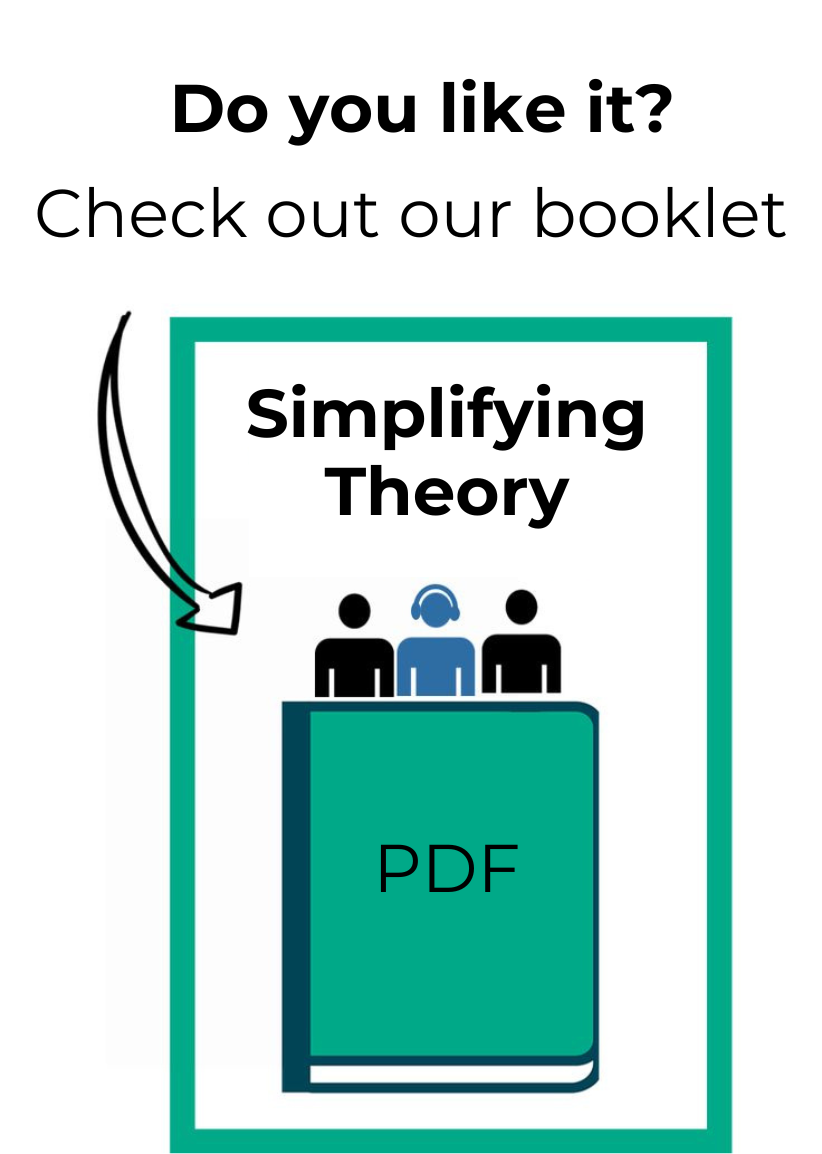Key signature is the name given to the alterations (sharps or flats) that are placed right after the clef:

These accidentals are in the same place as the notes that will change, that is, they change all notes that are in that line or space.
Suppose you received sheet music that has a key signature with a B flat (the line corresponding to the B note has a flat). This means that you will have to go down one semitone of all “B” notes that appear, as shown in the example below:

We circled the B notes in red in the Treble and Bass Clefs above to highlight them. Note that in these lines there is a “b” indicating “flat” in the key signature. While you’re playing, you need to keep the key signature command in mind.
How to discover the tonality by just looking at the Key Signature?
Key signatures also help to reveal the tonality of the song. For example, think about the G major scale; it has only one accident (F#), right? Therefore, sheet music that has F# in its key signature indicates that the song is in G major. See other examples:

Note: Notice that the tonalities may be minor as well. In this case, instead of G major, for example, we could have E minor (its relative minor). This cannot be concluded immediately by looking at the key signature; it will depend on the context.
Tips to read Key Signature in practice
Perhaps what we have just shown does not seem useful if you do not know the accidents of all scales by heart. Well, we will show you a hack to make things easier: when we have a key signature with sharps, no matter how many, you will discover the tonality only by looking at the last sharp (note: the order is from left to right). In the example below, this is the last sharp:

The tonality of the song will be one degree above the last sharp. In the example above, the last sharp was in the C note, so the tonality is D major.
Note: a degree, in this case, is the next note of the line or space.
If you want to know the relative minor tonality, just take a degree below that last sharp. In the same example above, a degree below C is B, so the tonality is minor.

If the note you found has an accident in the key signature as well, you need to apply that accident to the tonality. For example, in the key signature below, the last sharp is in the E note, which leads us to conclude that the tonality is F major. But the F note has a sharp on the key signature, so the tonality is F sharp and not F!

Key Signatures with Flat Accidentals
For key signatures with flat the rule is even simpler. The penultimate flat will indicate the major key (accompanied by the flat alteration) and two degrees below this tone you will find the minor key:

Note: There are only two exceptions to these rules that we have shown. The first is the key signature with only one flat (Bb), which will indicate the tonality of F major or D minor. And the second is the empty key signature that will indicate the tonality of C major or A minor. These two will need to be memorized!
If you look closely at the key signatures that have been shown so far, you will notice that the alterations are registered following a logic: the sharps appear according to the sequence of the circle of fifths, starting from the F note. And the flat alterations appear obeying the circle of fourths, starting with the B note. In practice, knowing this is only relevant for those who are going to write sheet music.
Go to: Natural Sign, Double Flat and Double Sharp
Back to: Sheet music guide
